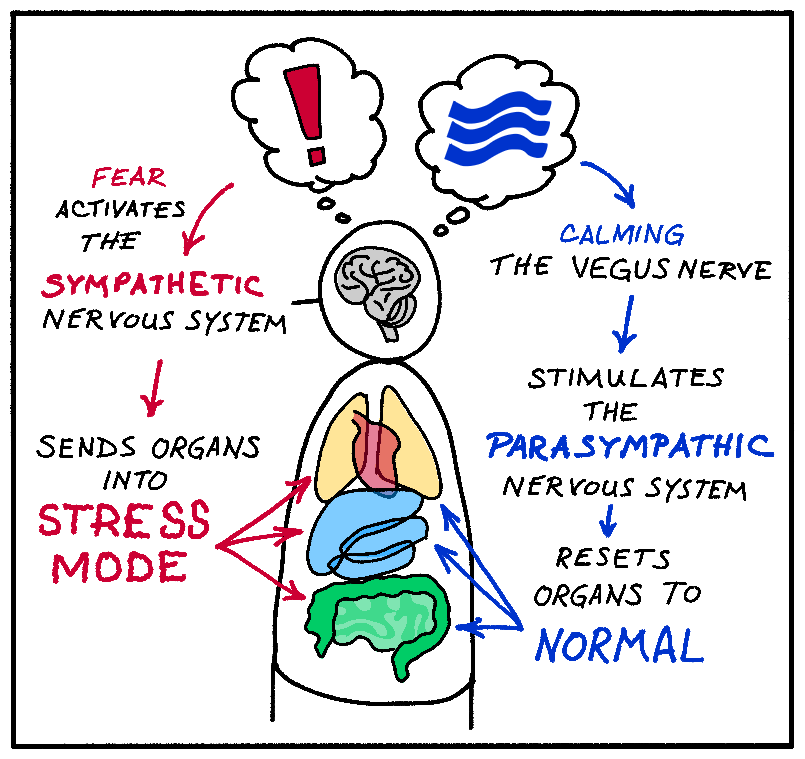The best advice I ever received!
The Art of Applied Visual Thinking
Recently a long-ago conversation with my then boss has been replaying in my mind. At the time, I was a Project Manager for a giant tech company; during my annual review, my boss told me, "I want you to take on something where you might fail." At the time, I couldn't imagine why she would want me to fail at something. Fast forward a couple of decades, I realize now that may have been…
the best advice I ever received!
I don't recall what project she had me take on or even if it failed or succeeded. I remember that willingly doing something that might fail opened up new possibilities, new ideas, and new innovations that I
would never have attempted otherwise. The exciting thing is embracing
the possibility of failure works no matter what you want to do.
No one has ever built a great business without some setbacks or created
a masterpiece the first time they picked up a paintbrush or a hammer
and chisel. No one ever wrote a best seller the first time they sat at the keyboard or had their very first film go on to be a blockbuster without jumping some hurdles. It took Seinfeld years to find an audience and become a huge hit. Babe Ruth, baseball's Sultan of Swat, led the American League in strikeouts five times. Bill Gates was a Harvard dropout who became the world's youngest self-made billionaire.
Lately, I've heard many people discussing what they would do if they knew they could not fail.
I say, what can you try that might fail?
Give it a go, embrace the failures, learn from them, rinse and repeat. Soon, you'll be on your way to
Failing Fast Forward. All the little failures, struggles, headaches, and hurdles are where
deep learning happens.
Applying a little visual thinking can help you make the most of your experiences.
Want to give it a try?
Grab a template and play along.
- Pick your passion.
What are you going to try? We suggest starting with something small, creative, process-driven, easily repeatable, and outside of your comfort zone.
I find drawing a Celtic Knot particularly challenging. We've included a step out below
if you want to give it a try. Doodling, not your cup of tea? We've also included a list of other suggestions to the right. - Reduce the risk. Consider how you can make it less daunting, less time consuming, less expensive, or less precious. If you are painting something for the first time, don't invest a ton of money in new paint and brushes; instead, use whatever you have on hand. Want to try creating some unique visual thinking icons? Don't go buy a fancy precious sketchbook, just grab some old newspaper and a giant Sharpie. Want to give your first speech? Don't sign up for a Ted talk. Join a Toastmasters meeting and take a turn at table topics.
- Do the work. Now that you know what you want to tackle and how you'll reduce the risk, you have to show up and do it. To make it easier, do a mise en place, that's French, meaning to "put in place." Get your supplies ready, put some time on your calendar, turn off the distractions, and give it a go.
- Don't judge mid-process. When your not-so-friendly alter ego shows up and begins to tell you why you should quit while you're ahead, use my favorite Love and Logic tactic. Nod your head knowingly and in your most empathic voice say "Iiiiiii knoooowww, Thanks for your concern, but I got this." and keep going.
- Think like a scientist.
Appreciate what worked and analyze what could work better. With the kindness of your favorite teacher, pick out what worked and appreciate it. What would happen if you did more of that? How could you use it somewhere else? Then, as precisely as you can, describe what hung you up. Once you figure that out, create a flowchart of how you'll do it differently next time. This is the good stuff;
write it all down! New to flowcharts and applying visual thinking? Sign up for our FOUNDATIONS course. - Rinse and Repeat and repeat and repeat and repeat. Remember this is Fail - Fast - Forward, give it another go, and another and another until you're happy with the results. If you truly pay attention, you'll learn something from each attempt you can use later on.
- Share your work. The hard part is done, now here's the payoff. When you share your work with no expectation of anyone else liking it, the fear of failure can no longer haunt you. Sharing your work says here it is, love it or leave it. There are many places to share your work in the internet age but don't think you have to put everything on social media or create a blog just for your work. It doesn't matter where you share it, just that you love and appreciate it enough to let it breathe and be seen.
Not sure where to start? Try one of these fun
Fail Fast Forward challenges.
- Flip a pancake
without a spatula - Hand toss a
pizza crust - Memorize your
favorite poem
or book passage - Write a haiku, a
song or a joke - Draw a single
frame cartoon - Learn to do a
simple magic trick - Ride a skateboard
to the end of
your street
without falling off - Hit a golf ball
100 yards - Ride a unicycle
- Make a basket
from center court - Bowl a strike
- Cook a
perfect soufflé - Crack an egg
with one hand - Learn to juggle
3 balls - Create a kairn
(balanced rock structure) - Draw a blind
contour self portrait - Draw a perfect
circle freehand














